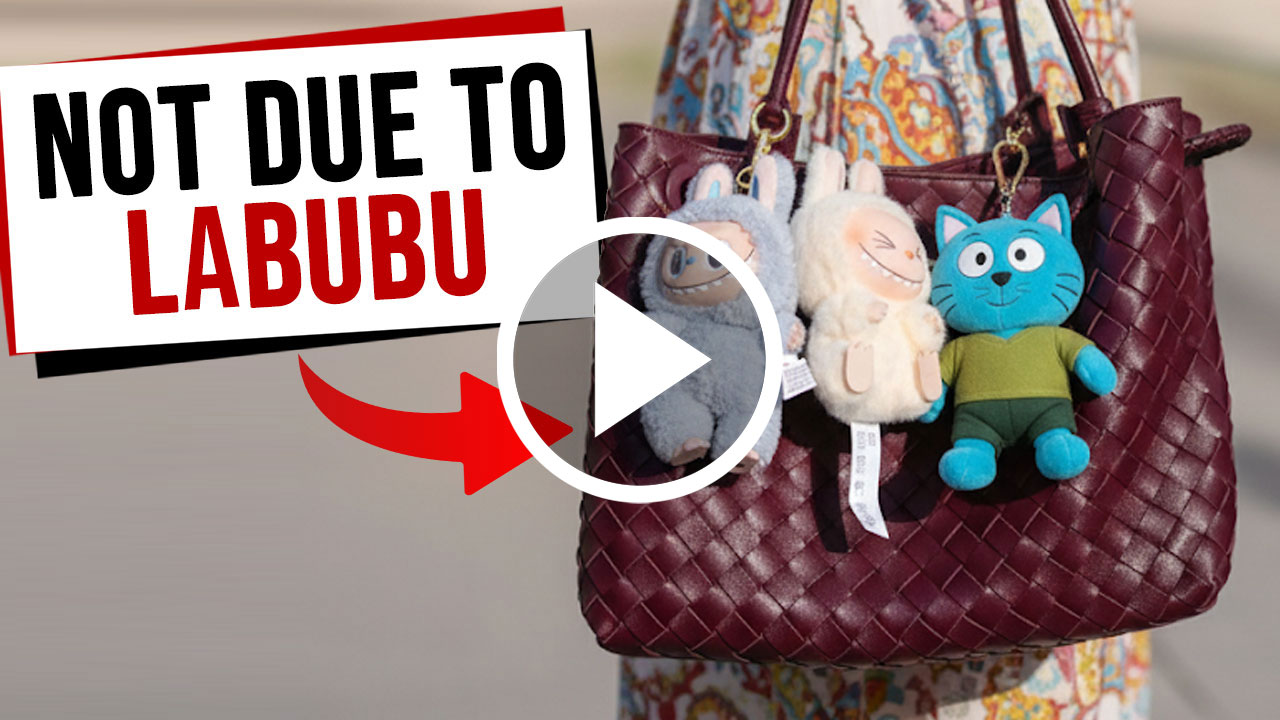Last Updated on 2023-06-27 , 10:31 am
For some people, their worst fear is getting accused of a crime they didn’t commit.
That’s exactly what happened to this man.
He was accused of using a counterfeit $50 note when paying for his meal at a Chinatown eatery.
Why?
The cashier thought the note was fake because it was dirty.
The Incident
On 14 June, 29-year-old Lin Jingyi was innocently paying for his meal.
It was about 7.30 pm, and he had just finished eating dinner with his friends at an eatery in Chinatown.

To his surprise, his $50 note was rejected by the female cashier.
She thought it was a counterfeit note as it was dirty.
Mr Lin told Lianhe Zaobao, “I knew I didn’t have counterfeit notes. I just thought the cashier did not like dirty notes, so I offered to exchange the dirty note for another one.
“However, she refused to return the dirty note and accused me of using a counterfeit note.”
Mr Lin explained that the situation escalated when other staff members came forward and surrounded him and his friends.
Fortunately, the eatery’s manager came and checked the note.
The manager then explained to the staff that the note was not a counterfeit and returned it to Mr Lin.
Eatery’s Side of the Story
Linlin, the eatery’s manager, told Lianhe Zaobao that the incident was merely a misunderstanding.
She explained the cashier was unsure if the note was a counterfeit.
She blurted out that the $50 note was a counterfeit, upsetting other customers.
Eventually, the eatery decided that the note was genuine and apologised to Mr Lin.
Linlin noted that the customer accepted the apology.
However, Linlin denied that Mr Lin and his friends were treated harshly.
She stated that the eatery’s staff members treated them kindly and said that they did not surround Mr Lin and his friends.
The Aftermath
Mr Lin told Lianhe Zaobao that he went to the bank to get the dirty note checked the next day.
He exchanged the dirty note for a new one.
He said that a bank employee explained that dirty notes were not uncommon.
After all, notes could become stained if accidentally dropped in water or washed with clothes.
Stained Notes are Technically Damaged Notes
The Monetary Authority of Singapore (MAS) told Lianhe Zaobao that stained notes are technically considered damaged.
According to the Singapore Currency Act, damaged notes have no value.
Merchants are also allowed to refuse to accept damaged notes or coins.
However, out of goodwill, MAS may award value to damaged notes as long as there is no evidence pointing towards deliberate damage.
This applies to damaged coins as well.
According to the MAS’s website, an individual can take their damaged notes to any commercial bank in Singapore where they have a bank account.
Besides commercial banks, individuals can deposit damaged coins at MAS’s appointed Circulation Coin Operator and Manager (CCOM), Certis CISCO Secure Logistics Pte Ltd (CSL).
The bank (or CSL) will then assess the damaged notes or coins according to MAS’s guidelines.
If the notes or coins are assessed to be genuine and not deliberately damaged, the assessed value will be credited into the individual’s bank account.
How to Spot Counterfeit Notes
If you are curious how the manager determined whether the $50 note was counterfeit or not so quickly, here are some things to look out for.
Counterfeit notes lack a security thread.
When holding a genuine note against light, you should see a bold continuous line showing a series of text (the thread).
The text should feature the denomination numeral of the note and the word ‘Singapore’ in four languages.
Counterfeit notes also lack a watermark.
A three-dimensional portrait of Singapore’s first president, Mr Yusof Ishak (the watermark), should be seen when holding a genuine note up to the light.
In addition, fake notes have a distinctively different kinegram from genuine ones.
The kinegram, an octagonal reflective foil found on all genuine notes, should shift when the note is tilted.
Finally, counterfeit notes lack the embossed feel that genuine notes have.
According to MAS, the portrait of the late Mr Yusof Ishak found on portrait series notes is hand-engraved and printed in intaglio ink to help people differentiate between genuine and counterfeit notes.
Any person convicted of counterfeiting currency can be jailed for up to 20 years and fined.
If you suspect that a note or coin is a counterfeit, MAS advises the public to avoid using the currency and file a report at the nearest police station immediately.




